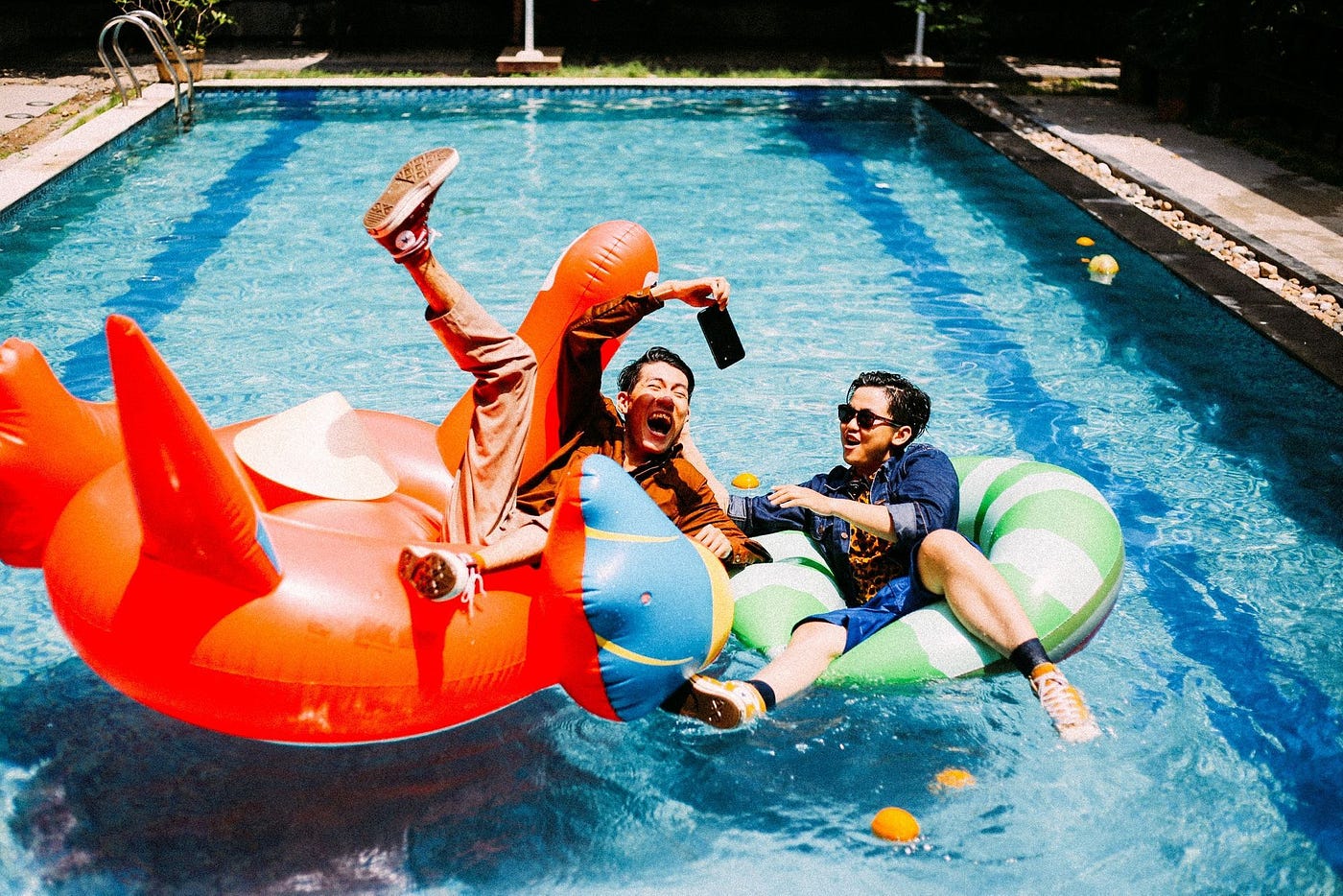
How should your game be designed to be fun?
Each game aims to engage users to make them feel pleasure and relaxed. How do game developers do it? A lot of peoples says that developers uses clever psychology tricks to access the pressure of the players. The obstacles, user encounters are designed to control difficulty peaks and satisfaction. However, none of these “tricks” wouldn’t worked fine if the mechanic wasn’t so good or “fun.”
In which case, what does “fun” factor is? To correctly answer this question, we need to know the definition of “fun”. For example, the idea of fun for my father in law is to fly gliders; for me, it’s more fun to fly a plane instead boring glider. Comparing to games, puzzles games will be fun for one person, whereas strategy games are fun for another.
How to design games to make them more “fun”
One of the most common solutions in the industry is Mechanics-Dynamics-Aesthetics (MDA). This framework is a tool used to analyze consumption of games by breaking them down into three components — Mechanics, Dynamics and Aesthetics. These three words have been used informally for many years to describe various aspects of games. This framework was created by Marc LeBlanc, Robin Hunicke, and Robert Zubek in 2001. Many companies rewrite and adapt this model to their needs, but to start you have to know fundamentals:
Mechanics
Mechanics are the base components of our game — its data structures, algorithms and every basic action the player can take in the game.Mechanics are the various actions, behaviors and control mechanisms afforded to the player within a game context.
For example: Banjo-Kazooie mechanics includes: moving, jumping, automatic screen scrolling, moving platforms and objects.
Dynamics
Dynamics are the run-time behavior of the mechanics acting on player input and “cooperating” with other mechanics. Basically, what we as designers can do within the very rulesto enhance the player experience.
For example: Dynamic game difficulty balancing is an infamous hidden feature of racing games that allows computer-controlled opponents to catch up no matter how far behind they are. It is intended to keep challenging the player, but can also give AI opponents an unfair advantage.
Aesthetics
Aesthetics are the emotional players’ feedback or feelings from our game. Common sense would suggest that aesthetics are a visual aspect.
In the paper, they mapped the word “fun” into 8 different meanings to make it easier to grasp:
Types of “fun” word
We can distinguish eight type of the “fun” word:
- Sensation — Game as sense-pleasure
- Fantasy — Game as make-believe
- Narrative — Game as drama
- Challenge — Game as obstacle course
- Fellowship — Game as social framework
- Discovery — Game as uncharted territory
- Expression — Game as self-discovery
- Submission — Game as pastime
Do you remember the genesis of the word fun? Fun is the feelings that the user has to receive during playing. therefore, we can perceive types as feelings:
- Excitement
- Anticipation
- Completion
- Anger
- Curiosity
- Satisfaction
- Frustration
Here are some examples of aesthetics in some selected games:
- Candy Crush: Progression, Competition, Challenge.
- Mario Karts: Competition, Challenge.
- Halo Wars 2: Excitement, Challenge, Competition.
As developers, we become accustomed to think about the game mechanics first, and how they will lead the player to the dynamics and aesthetic feeling. However, you always have to remember to look at it from the other side… from player perspective.
How to test MDA framework?
I hope that you understand what the MDA framework is and what we can achieve thanks to it, but how to put them into practive?
- After defining your game by using a workflow, you should try to reach a playable version as soon as possible,
- Play it and try to be as truly objective as you can be about what it makes you feel and if it matches your intention,
- Let people play your game as soon as possible. Try not to help or guide them, and see what their reactions are,
- Even if the reactions weren’t what you expected, always ask why, and always keep in mind that maybe your game just didn’t fit that type of gamer.
In conclusion
This framework is a tool which help us making better products and define what will be fun for our players. Remember to devote a few days to the creative process before starting production.

To help us create more free stuff, consider leaving a donation through Patreon where you can vote for the next asset pack and get access to future packs & articles earlier. Sharing knowledge is our passion. Unfortunately, keeping a team of professionals costs a lot that’s why we are constantly taking on new opportunities.
We’ll be publishing any news on the following outlets:
Thanks for reading!
Leszek W. Król
On a daily basis, I accompany companies and institutions in designing strategies and developing new products and services.
